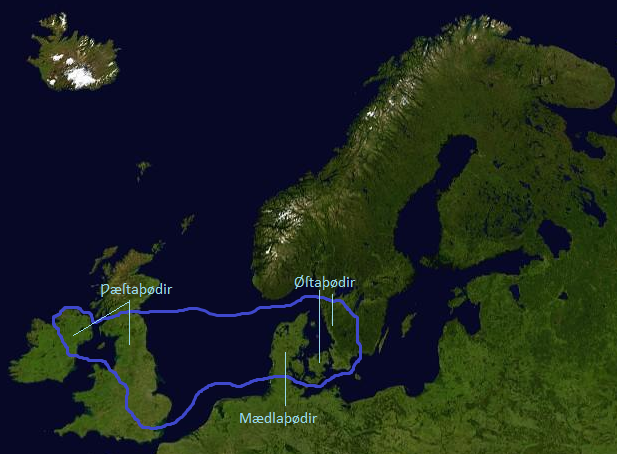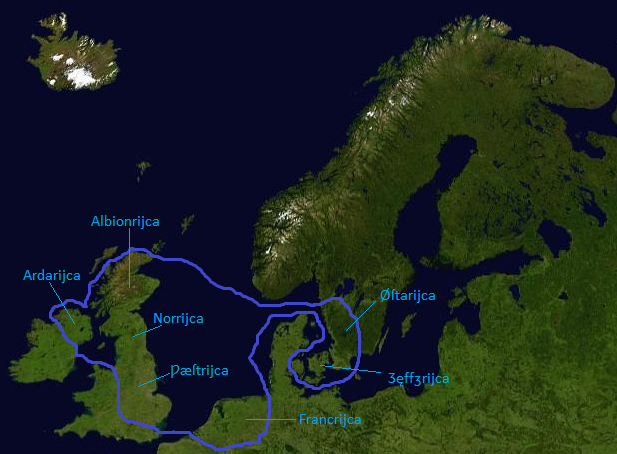eldin raigmore wrote:
It's probably not necessary to include the "p" for "person".
Well they are from my notes, so that is what the p is doing there
Also, we (or at least I) recommend using the Leipzig Glossing Rules (the Leipzig rules for Interlinear Morphemic Glossing)
Yeah, aside from the dual thing, it should be pretty straight forward.
By the way:
Did you intend the 3rd person masculine pronouns not to inflect for number?
And did you intend the 3rd person plural pronouns not to inflect for gender?
Yes. The masculine and feminine 3rd person have merged. This is a prelude to the common gender, and can be seen taking place elsewhere as well.
But you have third-person-plural-neuter pronouns.
I don't know how your speaker would choose.
Simple. If the noun being refered to is masc/fem, used the common gender pronouns. If it is neuter, use the neuter ones.
It's interesting that you don't have dual in your nouns but you do in your pronouns.
Blame that on proto-Germanic
How do you indicate "dual" in a clause?
Carefully
There are some Native North American languages in which if the subject noun is in plural form but the verb agrees as if it were singular, that means the subject is dual. Or maybe it's vice-versa; a pluraloid verb with a singularish subject-noun means the subject is dual.
Does your 'lang do anything like that?
Verb conjugation will be covered soon.
What kinds of reflexive do you have?
Must it always co-refer to a subject but it can co-refer to the subject of any containing clause, for instance the main clause?
Or, must it always co-refer to another participant in the exact clause in which it occurs, but it can co-refer to any participant higher on the noun-phrase-accessibility hierarchy, not just to subjects?
Also; why no 1st-person or 2nd-person reflexives? There's probably a good reason, I just want to know what it is, if you've decided.
There are the 3rd person reflexive pronouns. They refer back to the subject. Here's an example:
Sí xrènæþ sín brøstarin - She touches her (own) breasts
Sí xrènæþ æro brøstarin - She touches her (another gal's) breasts
There is no need for a special set of reflexive pronouns for 1st and 2nd person. I'll cover that more with the verbs, though.
Omzinesý wrote:
The language resambles Icelandic (or old Scandinavic) very much. Clitic articles, at least.
I quess it's the purpuse, but is there something very own in P-Asiana?
The language is based heavily on olde Norse and olde English for some changes and rules and such. proto-Asania has developed a special negative verb, though. More on that when I get the verbs posted.






